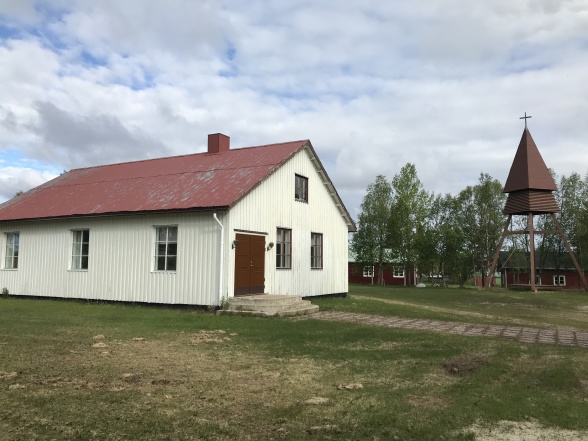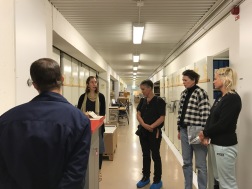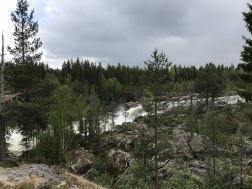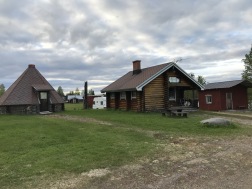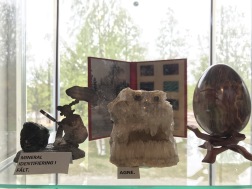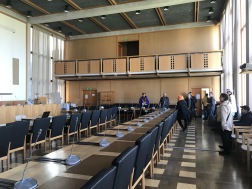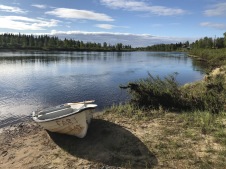RESIDENCE-IN-NATURE: A FIRST REPORT
The first part of "Residence-in-Nature" has already taken place. It's been a meaningful week full of events, lectures, visits, happenings and - above all - experiences of human kindness. Norrbotten welcomed and hosted the group of artists who began their research journey from Luleå to Kiruna, passing through Lainio, a small village located in the northern part of the Tornio Valley.
Following the steps of the organisers, Åsa Jungnelius and Lisa Torell went through an artistic, cultural and natural path throughout the whole valley. This experience gave them the privilege to discover how the creative process leading to an artwork works. Connecting the dots of the whole experience was their main goal - this was quite easy when compared with our poor orientation abilities and inadequate awareness of nature (but that's another story!).
Within the following list, I will try to explain what are the essentials needed when one creatively approaches a space, a place.
1. Knowledge is unavoidable, especially when it comes to land art/ naturalistic projects/ site specific works. The history of a place (at Norrbottens museum archives, Luleå), its language (lecture by professor Lars Eleneius) and culture (Norrbottens museum's exhibition spaces) needs to be discovered, understood and absorbed.
2. Nature - as already suggested by the residency's name - is the undisputable protagonist of the entire journey and so its peculiar phenomena: the Northern Lights (at LTU's Division of Space Technology in Kiruna) and local minerals, stones and gems (we discover at Kristallen, in Lannavaara) are such examples.
3. Since knowledge cannot be just theoretical, a direct approach to the place is required in order to establish a connection between the artist and their artistic-space. Walks in Lainio, an excursion to the top of Kuormakka mountain, crossing a river with a small ferry... everything was included.
4. In the end, a residency must be a comprehensive experience: from the place where one sleeps (Camp tystnaden, a revealing name meaning "Camp Silence") to the space where one eats, everything becomes meaningful. And even better if the experience is shared.
The first results of this incredible field-trip will be shown at Norrbottens museum in Luleå and, possibily, in Lainio. The exhibition will be arranged during the Luleå Biennial 2018. If you want to know more, follow us.
Silvia Colombo
Art historian and editor specialised in contemporary art, museum and memory studies
